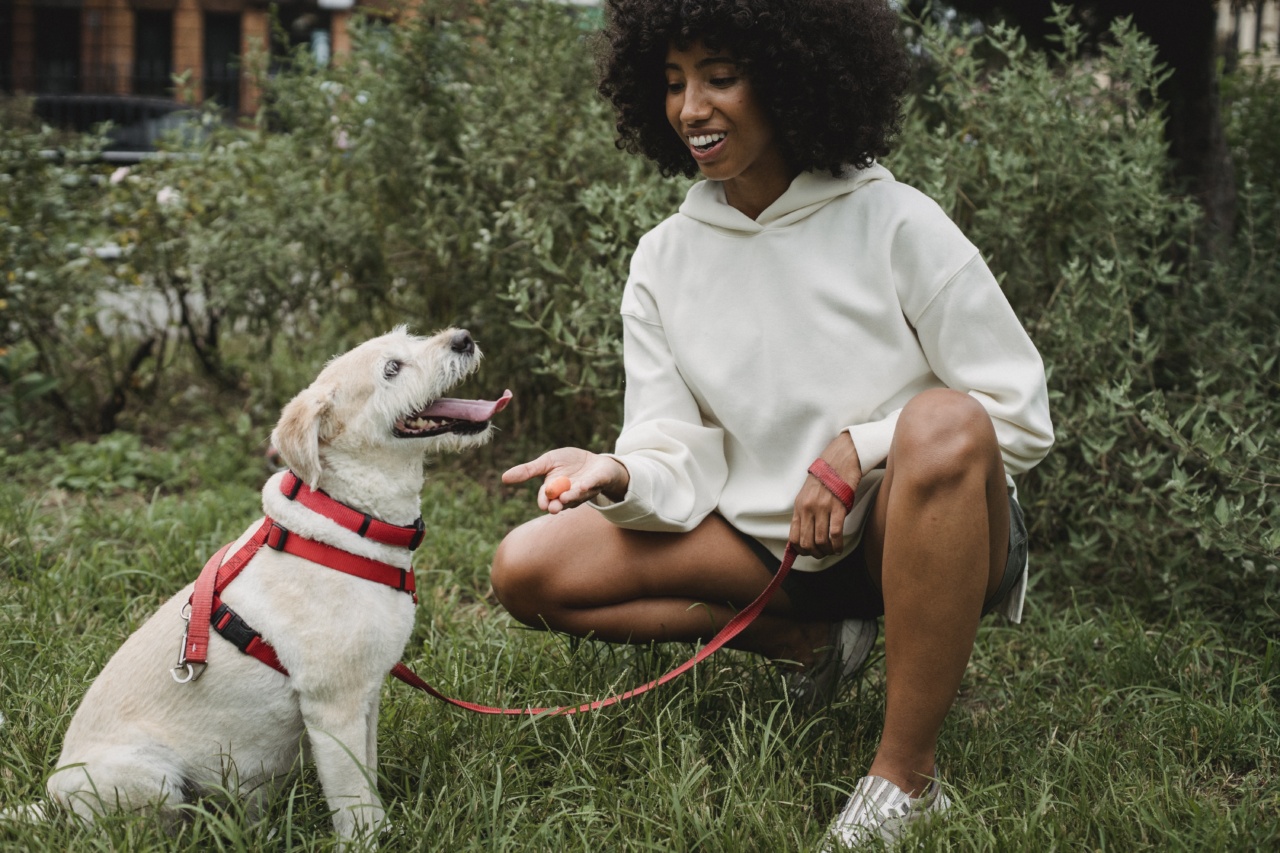As a dog owner, you might think that cutting your dog’s hair is a simple task. However, there are instances when you should not attempt to give your pet a haircut.
In this article, we explore situations in which dog haircuts are not safe and the reasons why.
1. Your Dog is Agitated or Anxious
If your dog is nervous or agitated, you may want to avoid giving them a haircut. Grooming sessions can be stressful for dogs, and if they are not in a calm and relaxed state, they may become aggressive or agitated.
An anxious dog can also pose risks to itself, the groomer, and anyone nearby. It is best to reschedule the grooming session when your pet is relaxed and calm.
2. Your Dog Has Sensitive Skin
If your dog has sensitive skin, it might not be safe to give them a haircut. Clipping or trimming can cause cuts, scratches or abrasions that can lead to skin irritation, infections or rashes.
Also, using blades that are too sharp or wrong grooming technique can cause skin irritation or even lead to severe injuries. If your dog has a history of skin problems, it is best to seek the help of a professional groomer.
3. You Are Not Familiar with the Procedure
If you have never given your pet a haircut, it might not be safe to attempt it on your own. There are specific tools, techniques and grooming products required for different breeds of dogs.
Using the wrong tools or technique can lead to accidents or cause harm to your pet. It is essential to research and learn the proper grooming techniques beforehand or take your pet to a professional groomer.
4. Your Dog has Fleas and Ticks
If your dog has fleas and ticks, avoid giving them a haircut until the infestation is treated. Clipping or trimming can make it difficult to identify ticks or fleas and can further worsen the infestation, causing skin irritation and other skin problems.
Therefore, it is essential to treat flea and tick infestation before proceeding with the grooming session.
5. Your Dog Has Health Issues
If your dog has any underlying health conditions or is on medication, it might not be safe to give them a haircut. Certain health-related issues may cause risks during grooming sessions.
For instance, if your pet is diabetic or has difficulty in breathing, grooming can cause severe health complications. It is best to talk to your veterinarian before proceeding or seek the help of a professional groomer.
6. Your Dog is a Nervous Clipper
While most dogs can handle a grooming session, some may become nervous or stressed during the process. If your pet is a nervous clipper, it may be best to avoid giving them haircuts altogether.
There are grooming techniques that groomers can use to calm anxious dogs, but it is best to first assess your pet’s temperament before proceeding with the grooming session.
7. Your Dog is an Older Dog
Older dogs may have health-related issues such as arthritis, decreased vision or hearing, which can make grooming sessions challenging, and even painful. If your pet has health issues related to its age, it might not be safe to give them a haircut.
It is best to consult with a veterinarian or groomer for recommendations on haircuts that are safe for your senior dog.
8. Your Dog Has Matted Hair
Matted hair can be uncomfortable for your pet and can cause skin irritation and hotspots. Clipping matted hair without proper technique can also cause pain and injury to your pet.
Therefore, if your pet has severely matted hair, it is best to seek the help of a professional groomer or veterinarian.
9. Your Dog Has Never Been Groomed
If your dog has never been groomed, it might not be safe to attempt a haircut on your own. Professional groomers can offer grooming procedures that familiarize your pet with the grooming process.
Therefore, it is best to consult with a professional groomer before proceeding with the grooming session.
10. Your Dog Has Behavioral Issues
If your pet has behavioral issues such as aggression, it might not be safe to groom them. Grooming sessions can exacerbate aggressive behavior.
Therefore, it is best to consult with a professional trainer before attempting to groom your pet or seek the help of a professional groomer or veterinarian.
Conclusion
Giving your dog a haircut is an essential aspect of pet grooming. However, it is crucial to identify situations that make it not safe to groom your pet.
Various factors such as your pet’s health, temperament, age, and behavioral issues can affect grooming sessions. If in doubt, always consult with a professional groomer or veterinarian before attempting to groom your pet.






























